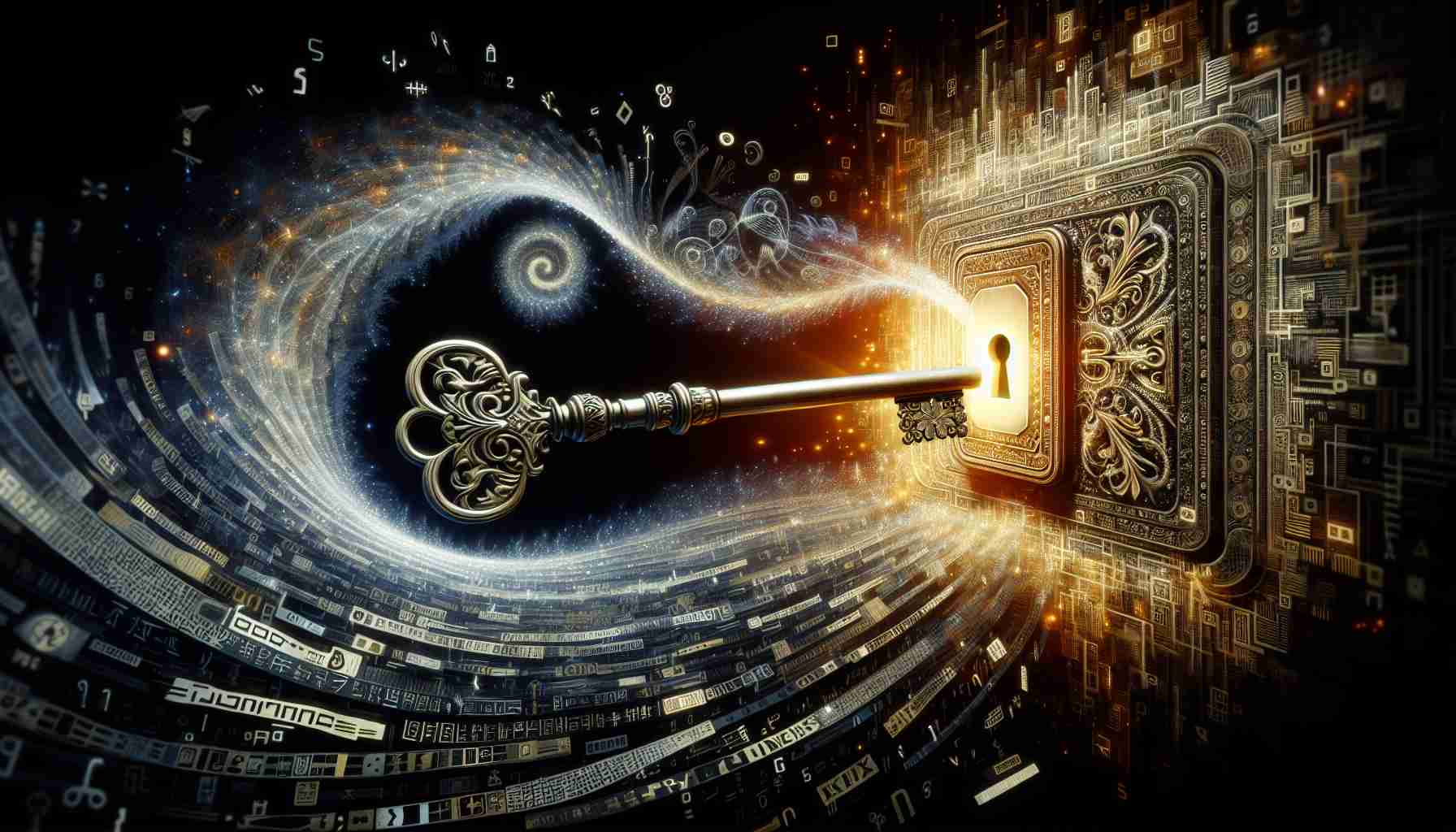A Groundbreaking Exploration of Andromeda
The Hubble Space Telescope has unveiled an extraordinary survey of the Andromeda galaxy, providing intricate insights into its complex history. This monumental effort, involving over 1,000 orbits and a decade of diligent observation, cataloged more than 200 million stars within this majestic galaxy. While Andromeda, located approximately 2.5 million light-years from the Milky Way, boasts a vibrant tapestry of star formation, it reveals a history distinct from our own galaxy.
Recent findings indicate that Andromeda has a more dynamic star formation history, likely influenced by a significant past collision with another galaxy. The telescope’s advanced imaging technology allows scientists to observe the galaxy in unprecedented detail, tracking its extensive structure and development.
Researchers noted that Andromeda appears to host a larger population of younger stars alongside peculiar stellar formations. This suggests an active star-formation phase followed by a subsequent dormancy, akin to the aftermath of a galactic collision.
The comprehensive survey spans various regions of interest within Andromeda, with highlights including vibrant star clusters and intriguing dark dust lanes. With its capacity to reveal the intricate features of the universe, Hubble’s work ensures that Andromeda remains a key player in our quest to understand the cosmos and the Milky Way’s formation.
The Cosmic Ripple Effect: Implications of Andromeda’s Insights
The recent revelations about the Andromeda galaxy hold profound implications that extend beyond astronomy, impacting our understanding of society and culture at large. As we expand our knowledge of the cosmos, we influence how humanity perceives its place within the universe. The discovery that Andromeda has experienced a tumultuous history marked by dynamic star formation and galactic collisions invites reflection on our own world’s evolving narrative.
Furthermore, these findings may spur a renaissance in STEM education and public interest in the sciences. As tales of intergalactic drama captivate imaginations, advocates for science education can leverage this excitement to inspire future generations in fields ranging from astrophysics to environmental science.
In terms of the global economy, the technological advancements stemming from the Hubble’s deep-space observations could lead to enhancements in satellite technology, telecommunications, and even computational techniques used in data analysis, benefiting various sectors. Moreover, understanding galaxy formation processes could also influence theories of planetary habitability, prompting investment in the search for extraterrestrial life.
Long-term implications include potential shifts in how humanity undertakes space exploration. As we gain better insights into galaxies like Andromeda, we may prioritize missions that uncover cosmic interactions, such as future collaborations involving the upcoming James Webb Space Telescope and its capacity for deeper celestial observation.
Ultimately, the exploration of Andromeda not only enriches the fabric of human knowledge but also challenges us to contemplate our shared destiny in the universe, reinforcing the message that we are, undeniably, part of a much larger cosmic tapestry.
Discovering the Mysteries of Andromeda: Insights from Hubble’s Latest Findings
Overview of Andromeda Galaxy
The Andromeda Galaxy, our closest galactic neighbor at approximately 2.5 million light-years from Earth, recently became the focal point of an extensive survey by the Hubble Space Telescope. Over a decade, scientists conducted an intricate examination, amassing vital data on over 200 million stars, thereby opening new avenues in our understanding of galactic formation and evolution.
Key Features of Andromeda’s Star Formation
Recent research points to a dynamic star formation history within Andromeda, distinguishing it from the relatively stable star formation experienced in our Milky Way. This history appears heavily influenced by a past galactic collision, prompting surges of stellar births followed by periods of dormancy. Specifically:
– Young Star Population: The Hubble survey identified a greater concentration of young stars compared to older, red giants, hinting at a vibrant and active past.
– Stellar Uniqueness: Observations capture peculiar formations of stars, which may result from gravitational interactions during the galaxy’s formative years.
Innovative Imaging Technology of Hubble
The revolutionary imaging capabilities of the Hubble Space Telescope enable researchers to explore Andromeda with unprecedented detail. This advanced technology offers the following benefits:
– High-Resolution Imaging: Captures detailed structures such as vibrant star clusters and intriguing dark dust lanes, contributing to a deeper understanding of the galaxy’s composition.
– Comprehensive Mapping: Allows scientists to track the extensive structural features and the development of Andromeda over time.
Pros and Cons of the Hubble Survey Findings
Pros:
– Enhances our knowledge of Andromeda’s galactic evolution.
– Provides data crucial for cosmological models that explain galaxy formation.
– Highlights the role of collisional interactions in star formation.
Cons:
– Current data may not entirely represent Andromeda’s history before the galactic collision due to observational limitations.
– Findings are specific to Andromeda, making broad comparisons with other galaxies complex.
Future Implications and Trends in Galactic Studies
The insights from Hubble’s survey of Andromeda hold significant implications for future research:
– Understanding Galactic Mergers: This research can inform us about how galaxies merge and what impact these events have on star formation.
– Technological Innovations: Ongoing advances in telescope technology will add deeper dimensions to our exploration of distant galaxies.
Conclusion
The remarkable investigation of the Andromeda Galaxy by the Hubble Space Telescope not only enriches our current understanding of this cosmic giant but also underscores Andromeda’s critical role in the broader narrative of galaxy formation. As telescopes become more sophisticated, we anticipate uncovering even more secrets that lay hidden in the vast cosmos.
For more detailed studies and insights into astronomy, visit NASA.


















